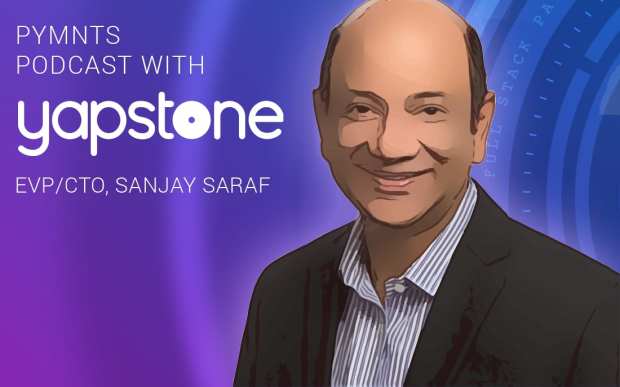Marketplaces: The Difference Between Fail And Scale

Shopping on a traditional, narrowly focused eCommerce site is one thing. Consumers are dealing with a single merchant, and the working assumption is that the retailer is vetting suppliers and products, and has invested the time and money to provide a secure environment in which consumers can operate without excessive worry.
But online marketplaces are different creatures.
A marketplace is comprised of sellers gathered under a single umbrella — a single brand or company — offering relatively unique products, services and experiences to buyers. No matter how much work and investment a brand might have put into that marketplace to ensure secure, seamless operations, there is always the worry that a bad seller may have slipped through the vetting process, and is just waiting to take advantage of the next buyer who comes along.
“That creates a very different challenge for marketplaces,” said Sanjay Saraf, chief product and technology officer at Yapstone, in a new PYMNTS interview focused on how to build online marketplace trust.
Marketplaces continue to gain importance in the world of online retail, and not just because Amazon is a prime destination for B2C and B2B commerce, or that rivals such as Target keep trying to up their marketplace game. Consumers are becoming more comfortable using online marketplaces for a host of products and services, including on-demand commerce and the acquisition of housing for travel — a task that is vital and intimate, and would be tough to complete if trust issues kept consumers away from those specific platforms.
Yapstone should know.
The company powers electronic payments for sharing economy marketplaces such as HomeAway and VRBO, as well as travel and other platforms. “Marketplaces have to go above and beyond” when it comes to trust, Saraf told Karen Webster. In particular, that applies to the “onboarding of all those unknown sellers.”
After all, he said, “at the end of the day,” a marketplace is only as good as its inventory.
That requires a significant investment of technology on the part of the marketplace. In the area of rentals and housing, for instance, that means deploying tech that can “make sure the property really belongs to the seller,” Saraf explained.
But that’s not all.
“You have to make sure you are not only doing a great job vetting sellers, but also providing a seamless and transparent process” for everyone involved in those marketplace transactions. That work should include “triangulating” data such as payment, consumer and device information — that is, to know where the transaction is originating — in the never-ending effort to weed out bad actors. Machine learning and artificial intelligence can help with that work, Saraf said. “You process all these (data points) in milliseconds and compute a score to determine if it’s a good transaction.”
Such techniques stand as smart, pragmatic moves for many areas of eCommerce and fraud prevention, of course, designed to build overall trust in various types of online platforms. But they are especially suitable for online marketplaces, as more of them scale and take on more “cross-border transactions,” Saraf told Webster.
Work cannot stop there, however.
Marketplace operators need to work to encrypt data at all times — in Saraf’s words, “not just in rest, but also in motion,” such as the movement of data “throughout the transport layer. PCI requires some of that, but you really have to go beyond PCI.”
Communication stands as a task that can be done halfway, too. And that means, in Saraf’s telling, the messages between buyers and sellers — as well as between buyers and the marketplace, and sellers and the marketplace. “Investing in notification technology is very important,” he said. For example, sellers on a marketplace tend to get anxious about where their money is, and communication on that front is critical, Saraf said.
As on-demand commerce grows and commerce touchpoints proliferate, more consumers will gravitate to online marketplaces. Ensuring that trust is solid and strong — and forms a tight bond between all parties involved — will help ensure that a marketplace’s growth does not run into speed bumps.
